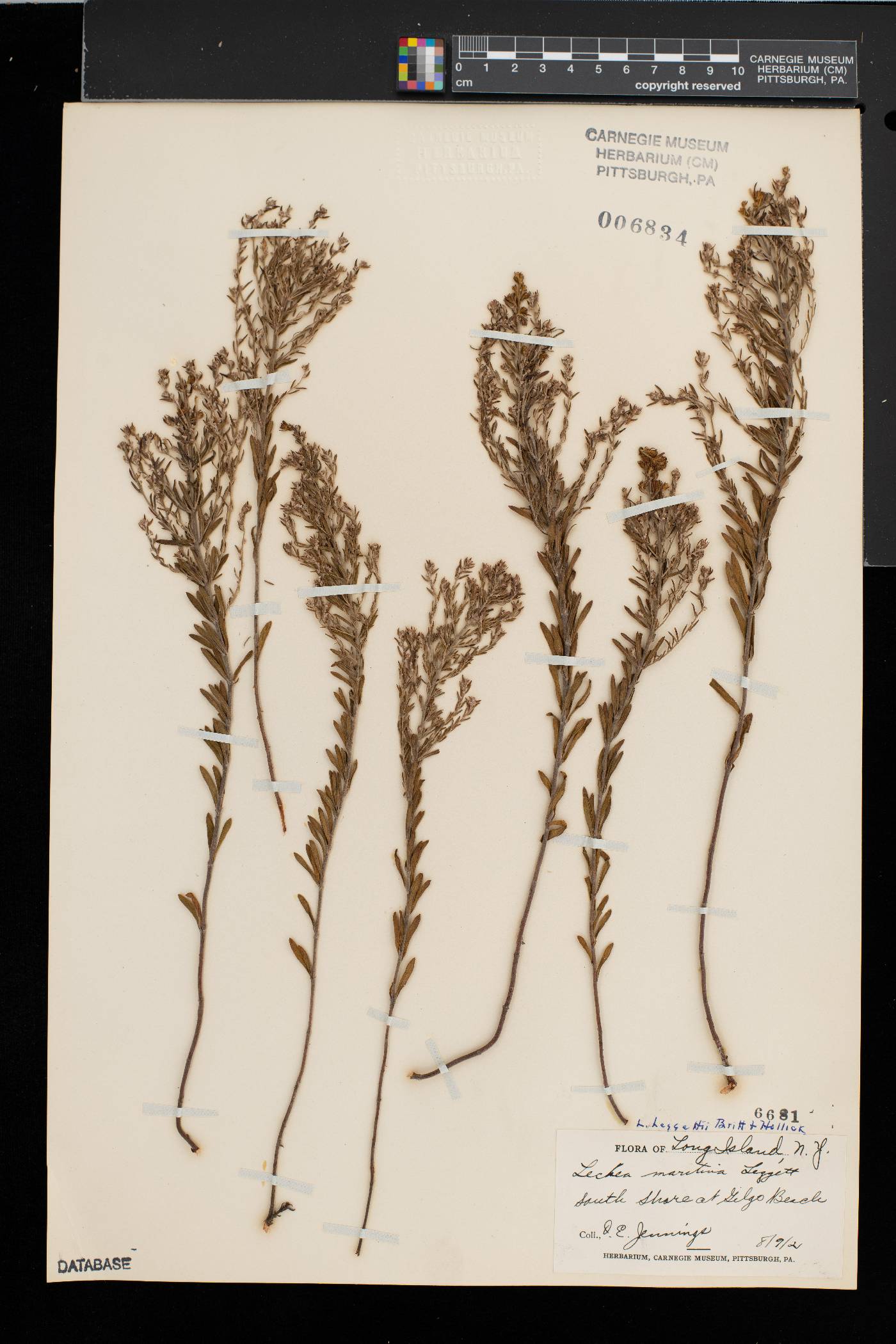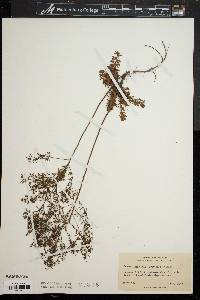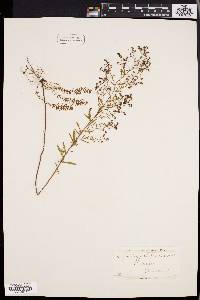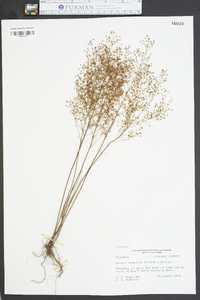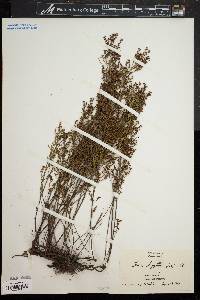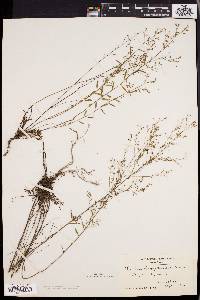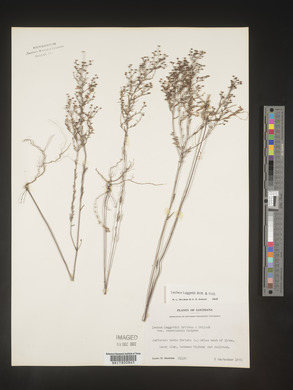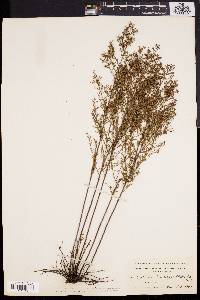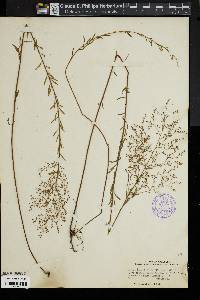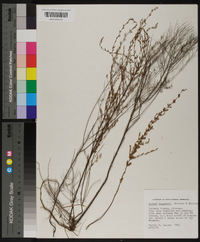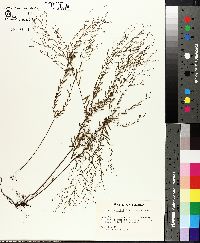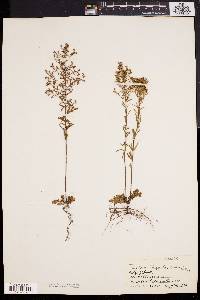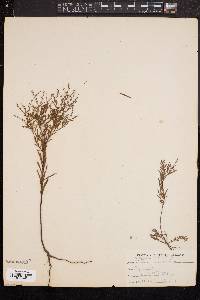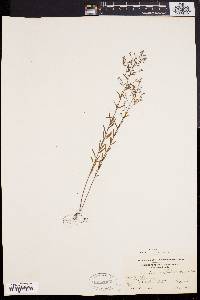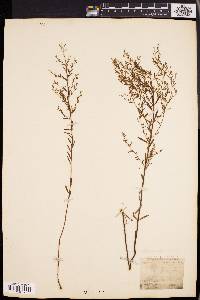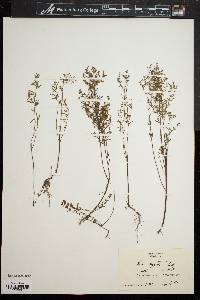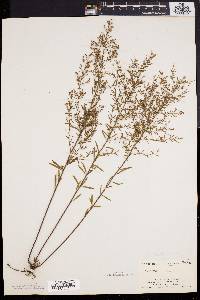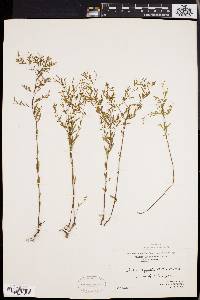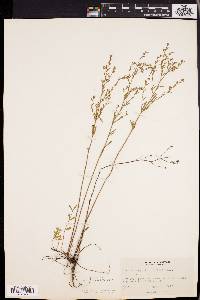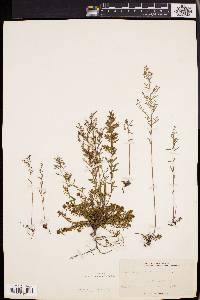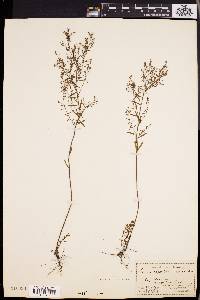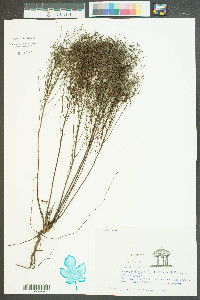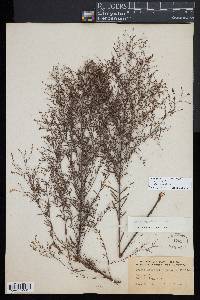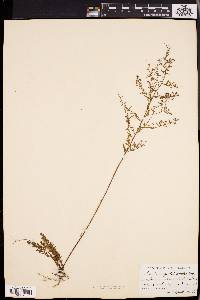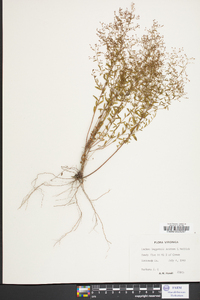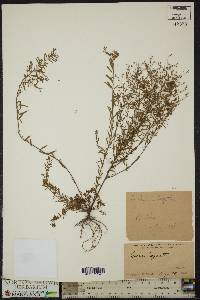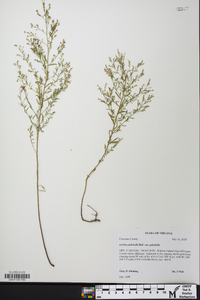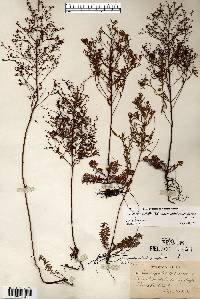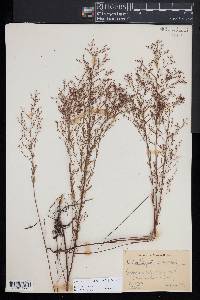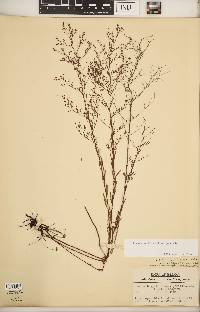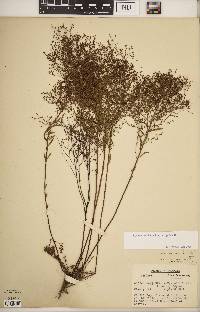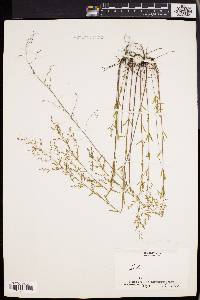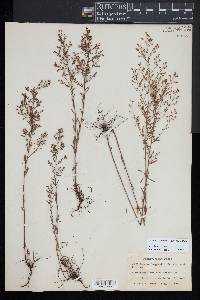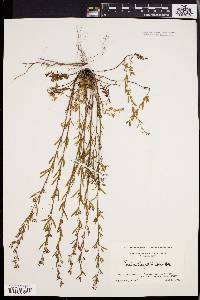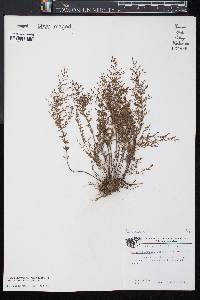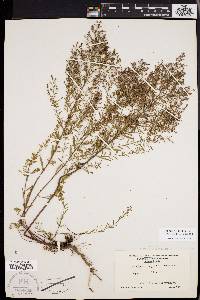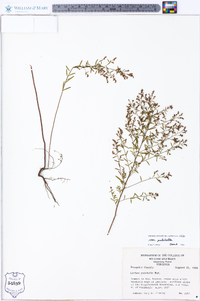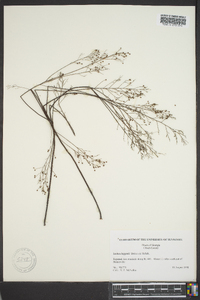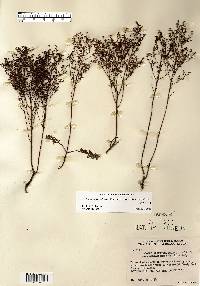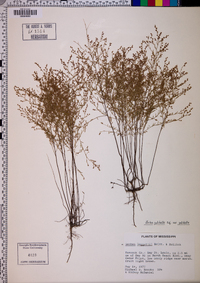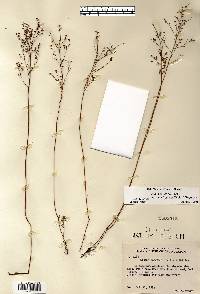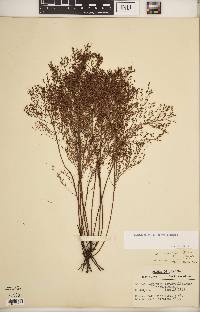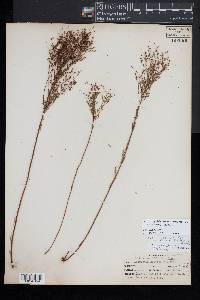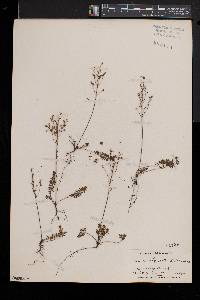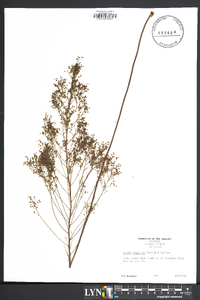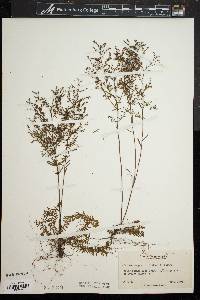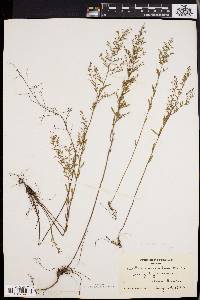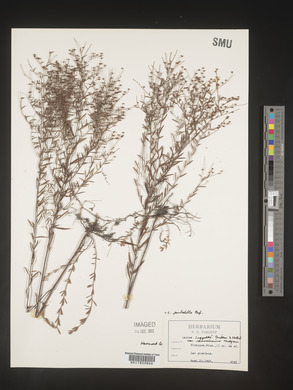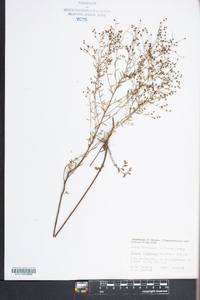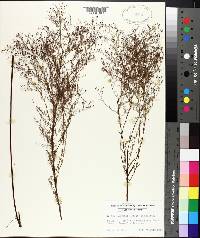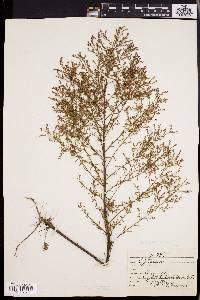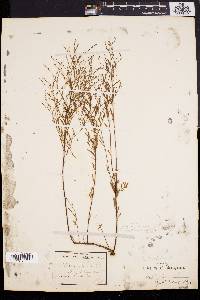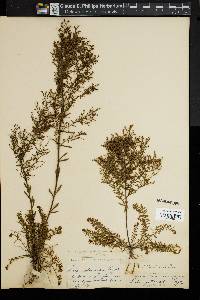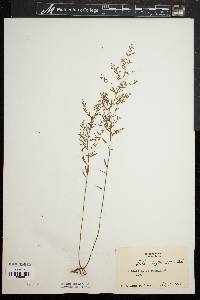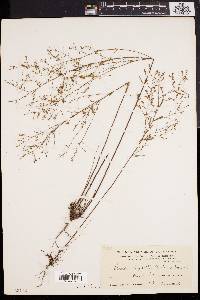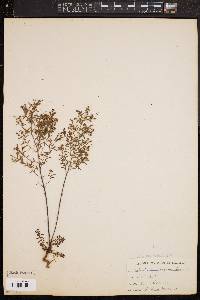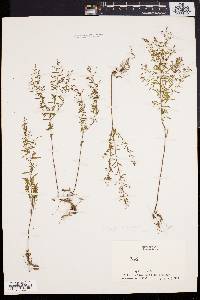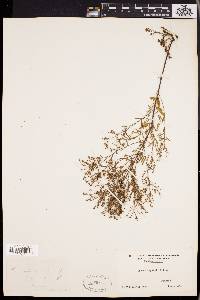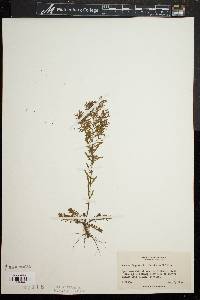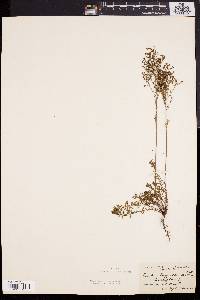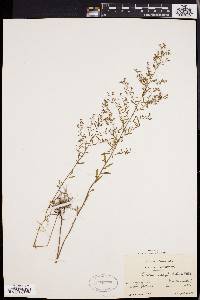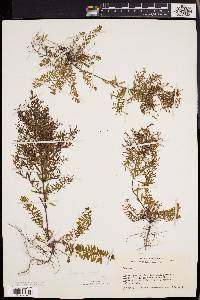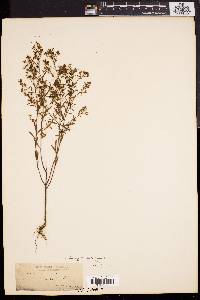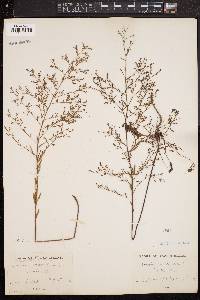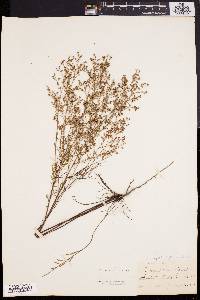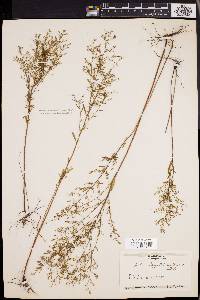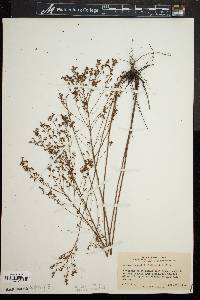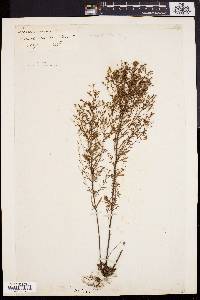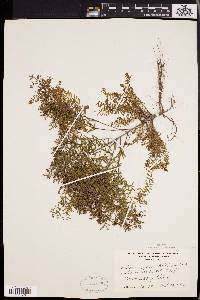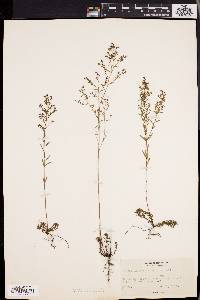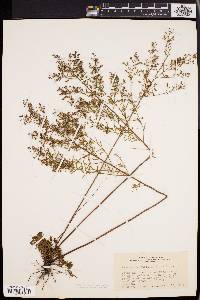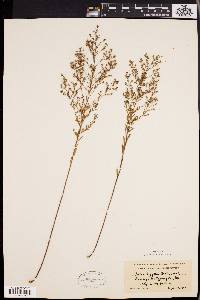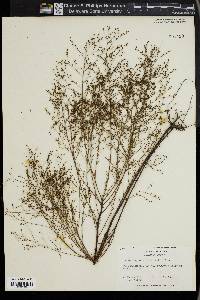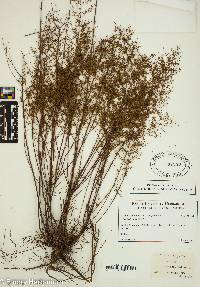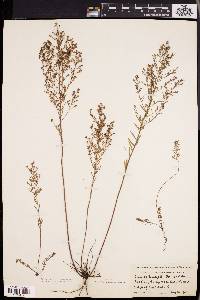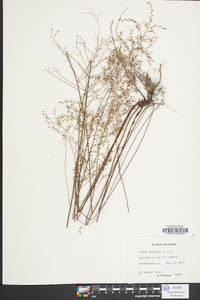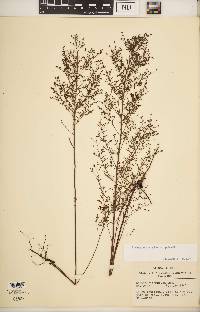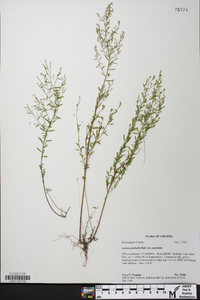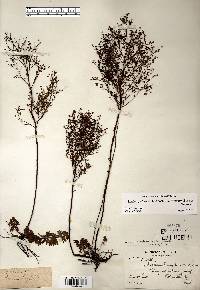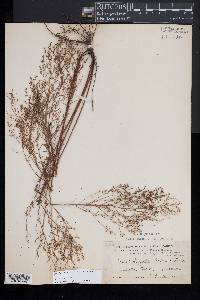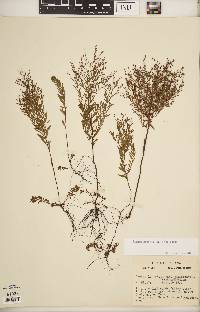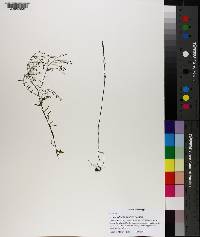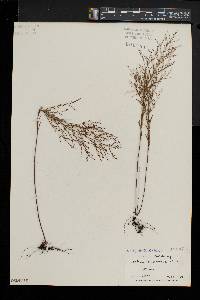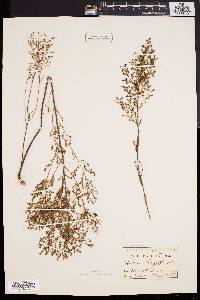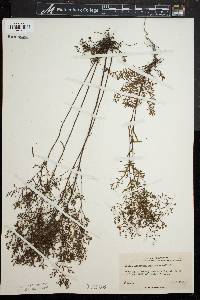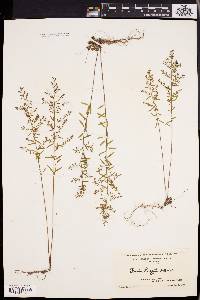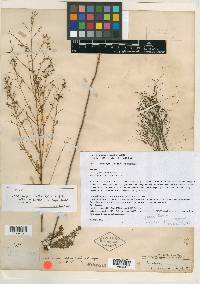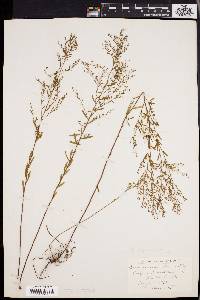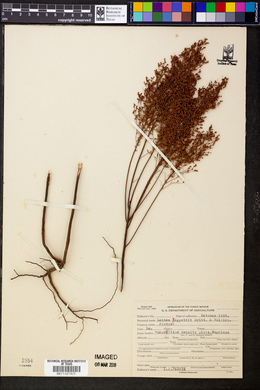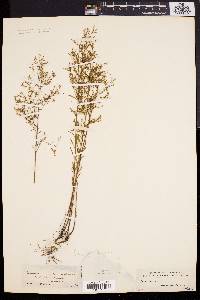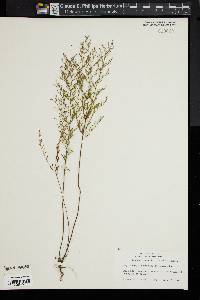
|
|
|
|
Family: Cistaceae
Leggett's Pinweed
[Lechea leggettii Britton & Hollick, moreLechea leggettii var. leggettii , Lechea leggettii var. moniliformis (E.P. Bicknell) Hodgdon, Lechea moniliformis E.P. Bicknell, Lechea pulchella var. moniliformis (E.P. Bicknell) Seymour] |
Perennial herb 20 - 60 cm tall Stem: one to few, erect, unbranched below inflorescence, thinly covered with appressed hairs. Late in the season producing numerous, somewhat ascending, basal shoots up to 8 cm long, with numerous, crowded leaves. Leaves: alternate, practically stalkless, green, non-toothed, one-nerved, small (0.8 - 2 cm long), narrow (1.5 - 3 mm wide), somewhat lance-shaped to linear with pointed tips, and hairless above, but with sparse hairs on underside along midrib and edges. The leaves on the later produced basal shoots differ from the upright stem leaves by being more numerous, whorled or scattered, 0.6 - 1 cm long, 1.5 - 2.7 mm wide, lance-shaped to somewhat elliptic, with hard and shiny, cone-like, brownish, pointed tips about 0.2 - 0.3 mm long. Inflorescence: starting about midway up stem, somewhat cylindric or elliptic in outline, with leafy, appressed-hairy, 5 - 15 cm long (shorter near top), somewhat spreading or ascending branches (at 45 to 60 degree angles from main stem). The secondary and tertiary branchlets of the inflorescence have terminal, short, one-sided, spike-like clusters of short-stalked, tiny (under 3 mm tall), reddish, non-showy, radially symmetric flowers. Sepals: reddish purple, five, but in two series, with outer two narrowly lance-shaped and much narrower and shorter than the 1.6 - 2 mm tall, 1.2 - 1.4 mm wide, three-nerved, broadly oval inner three with their narrowed and pointed bases. All five sepals are longer than the petals, and covered with conspicuous, long, appressed, white hairs. Petals: three, mostly concealed by sepals, reddish, small, and rarely expanding. Stamens: typically five to twenty, with short anthers on relatively long, slender filaments. Pistil: with one, single-chambered, superior ovary; no style; but three, feather-like stigmas. Fruit: single-chambered, three-valved, shiny, 1.7 - 2 mm tall, 1.3 - 1.6 mm wide, egg-shaped capsules which are mostly enclosed by the persistent sepals, and sit on 1.8 - 2.3 mm long stalks. The capsules are slightly taller than the sepals, so the tip of the capsule is usually exposed above the sepal tips. Seeds: two to three per capsule, brown, shiny, smooth, somewhat flattened, egg-shaped, 1.1 - 1.2 mm long, 0.6 - 0.7 mm wide, and released when top of capsule opens down the three lengthwise valves. Similar species: Lechea pulchella var. moniliformis is very similar to both L. intermedia and L. stricta, but neither of those species have the hard, shiny, brownish point at the tip of the leaves on the basal shoots. Further, L. intermedia normally has more seeds (four to six) per capsule, and the seeds are shaped like orange wedges and covered with a wrinkled, whitish gray membrane. The overall form of L. stricta is quite different since the inflorescence branches tend to be very tightly held to the main stem such that they are at less than a 30 degree angle. Lechea racemulosa could be confused with this species, but it typically has longer fruit stalks (over 2 mm long), the capsules are narrower (only to 1.2 mm wide), and in fruit the sepals become hard, shiny and yellowish at their very base. Flowering: July to October Habitat and ecology: Occasional, in sandy soils such as black oak savannas, or acid sandy soils. Occurence in the Chicago region: native Notes: This variety could easily be combined into the species in a broad sense, but due to the fairly separate geographic distribution compared to the rest of the range further east and south, we have decided to keep the varietal designation. This geographically disjunct entity was first assigned within the species name L. leggettii by Hodgdon (1938). The reassignment of the species to the name L. pulchella was proposed by Wilbur (1966), but because he was not convinced of the lower level designations (subspecies or variety), the variety recombination was not put forth until 1969 by Seymour, based on Hodgdon's work. According to the older works, typical L. pulchella has shorter inflorescence branches, more tightly clustered flowers, brown sepals, and smaller, but often more (four) seeds per capsule. The other variety, L. pulchella var. ramosissima, tends to be a bit larger than our variety, with the inflorescence branches starting above the middle of the main stem, and bearing only two seeds per capsule. Again, although the differentiation of the physical characters may not hold up, the geographical separation of the populations around the Great Lakes may well merit the distinction of this entity as L. pulchella var. moniliformis. Etymology: Lechea is named after John Leche (1704 - 1764), a Swedish botanist. Pulchella is the Latin word for beautiful. Moniliformis means "resembling a string of beads". Author: The Field Museum From Flora of Indiana (1940) by Charles C. Deam In moist sandy soil in depressions in black oak woods and in prairie habitats. Restricted to the sandy areas of the lake area. …… Indiana Coefficient of Conservatism: C = 7 Wetland Indicator Status: N/A |

